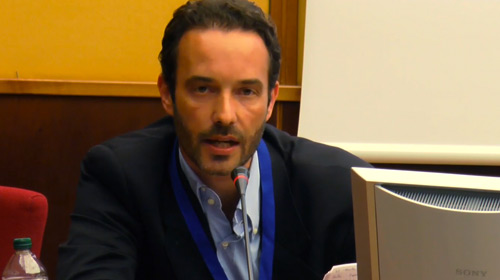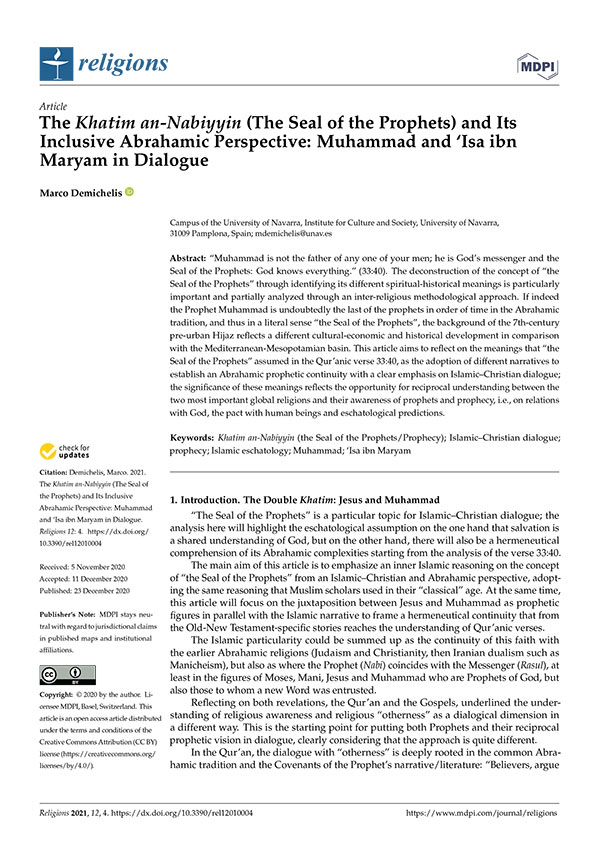
Référence :
Demichelis, M. The Khatim an-Nabiyyin (The Seal of the Prophets) and Its Inclusive Abrahamic Perspective: Muhammad and ‘Isa ibn Maryam in Dialogue. Religions 2021, 12, 4. https://doi.org/10.3390/rel12010004

Anglais

Le Khatim an-Nabiyyin (le « sceau des prophètes ») et sa perspective inclusive sur Abraham : Muhammad et ‘Isa ibn Maryam en dialogue
Titre original : « The Khatim an-Nabiyyin (The Seal of the Prophets) and Its Inclusive Abrahamic Perspective: Muhammad and ‘Isa ibn Maryam in Dialogue »
Résumé
« Muhammad n’est le père d’aucun de vos hommes ; il est le messager de Dieu et le sceau des prophètes : Dieu sait tout. » (33:40). La déconstruction du concept du « Sceau des prophètes » par l’identification de ses différentes significations spirituelles-historiques est particulièrement importante et partiellement analysée par une approche méthodologique interreligieuse. Si le prophète Muhammad est sans aucun doute le dernier des prophètes dans l’ordre chronologique de la tradition abrahamique, et donc au sens littéral « le Sceau des prophètes », le contexte du Hijaz préurbain du 7e siècle reflète un développement culturel, économique et historique différent par rapport au bassin méditerranéen et mésopotamien. Cet article vise à réfléchir sur les significations que le « Sceau des Prophètes » a prises dans le verset 33:40 du Coran, comme l’adoption de différents récits pour établir une continuité prophétique abrahamique avec un accent clair sur le dialogue islamo-chrétien ; la signification de ces significations reflète l’opportunité d’une compréhension réciproque entre les deux plus importantes religions mondiales et leur connaissance des prophètes et de la prophétie, c’est-à-dire sur les relations avec Dieu, le pacte avec les êtres humains et les prédictions eschatologiques.
Abstract
“Muhammad is not the father of any one of your men; he is God’s messenger and the Seal of the Prophets: God knows everything.” (33:40). The deconstruction of the concept of “the Seal of the Prophets” through identifying its different spiritual-historical meanings is particularly important and partially analyzed through an inter-religious methodological approach. If indeed the Prophet Muhammad is undoubtedly the last of the prophets in order of time in the Abrahamic tradition, and thus in a literal sense “the Seal of the Prophets”, the background of the 7th-century pre-urban Hijaz reflects a different cultural-economic and historical development in comparison with the Mediterranean-Mesopotamian basin. This article aims to reflect on the meanings that “the Seal of the Prophets” assumed in the Qur’anic verse 33:40, as the adoption of different narratives to establish an Abrahamic prophetic continuity with a clear emphasis on Islamic–Christian dialogue; the significance of these meanings reflects the opportunity for reciprocal understanding between the two most important global religions and their awareness of prophets and prophecy, i.e., on relations with God, the pact with human beings and eschatological predictions.
Original title : « The Khatim an-Nabiyyin (The Seal of the Prophets) and Its Inclusive Abrahamic Perspective: Muhammad and ‘Isa ibn Maryam in Dialogue »
Abstract
“Muhammad is not the father of any one of your men; he is God’s messenger and the Seal of the Prophets: God knows everything.” (33:40). The deconstruction of the concept of “the Seal of the Prophets” through identifying its different spiritual-historical meanings is particularly important and partially analyzed through an inter-religious methodological approach. If indeed the Prophet Muhammad is undoubtedly the last of the prophets in order of time in the Abrahamic tradition, and thus in a literal sense “the Seal of the Prophets”, the background of the 7th-century pre-urban Hijaz reflects a different cultural-economic and historical development in comparison with the Mediterranean-Mesopotamian basin. This article aims to reflect on the meanings that “the Seal of the Prophets” assumed in the Qur’anic verse 33:40, as the adoption of different narratives to establish an Abrahamic prophetic continuity with a clear emphasis on Islamic–Christian dialogue; the significance of these meanings reflects the opportunity for reciprocal understanding between the two most important global religions and their awareness of prophets and prophecy, i.e., on relations with God, the pact with human beings and eschatological predictions.
Ressource de l'auteur sur ce site

article
Le Khatim an-Nabiyyin (le « sceau des prophètes ») et sa perspective inclusive sur Abraham : Muhammad et ‘Isa ibn Maryam en dialogue
Titre original : "The Khatim an-Nabiyyin (The Seal of the Prophets) and Its Inclusive Abrahamic Perspective: Muhammad and ‘Isa ibn Maryam in Dialogue" Résumé "Muhammad n'est le père d'aucun d...
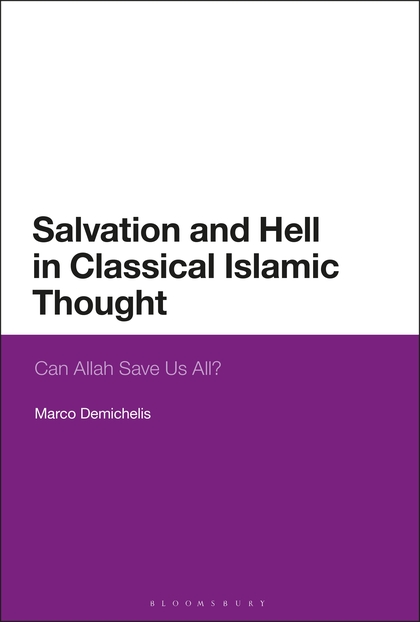
publication
Le salut et l’enfer dans la pensée islamique classique : Dieu peut-il nous sauver tous ?
Titre original : « Salvation and Hell in Classical Islamic Thought. Can Allah Save Us All? » Salvation and Hell in Classical Islamic Thought utilise des sources islamiques classiques pour retracer ...

publication
Violence religieuse, fins politiques : nationalisme, citoyenneté et radicalisation au Moyen-Orient et en Europe
Depuis l’Antiquité, la violence religieuse fondée sur des motifs politiques a été et reste une pratique courante : les atrocités commises par l’Empire romain à l’encontre des premières communautés ...

videos
Quand la religion divise la « communauté » : dynamique de la violence et de la pacification au sein du Levant arabe
Conférence de Marco DEMICHELIS, au deuxième Congrès international de PLURIEL Résumé Depuis le XIXe siècle, la dynamique des conflits interreligieux dans le monde arabe a accentué une intolérance ...

videos
Présentation du congrès « Islam et appartenances » de PLURIEL
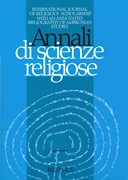
article
Le Mihna. Déconstruction et réévaluation du rôle mu’tazilite dans « l’Inquisition »
Titre original : "The Mihna. Deconstruction and reconsideration of the Mu'tazilite role in the 'Inquisition'" Résumé La Mihna a généralement été attribué à l’école théologique Mu’tazilite comme l...

article
Le sort des autres dans le hanbalisme du XIVe siècle
Titre original : "The Fate of Others in 14th century Hanbalism" Résumé Dans une publication récente intitulée L’éthique théologique d’Ibn Taymiyya, Sophia Vasalou aborde l’objectivisme moral ...
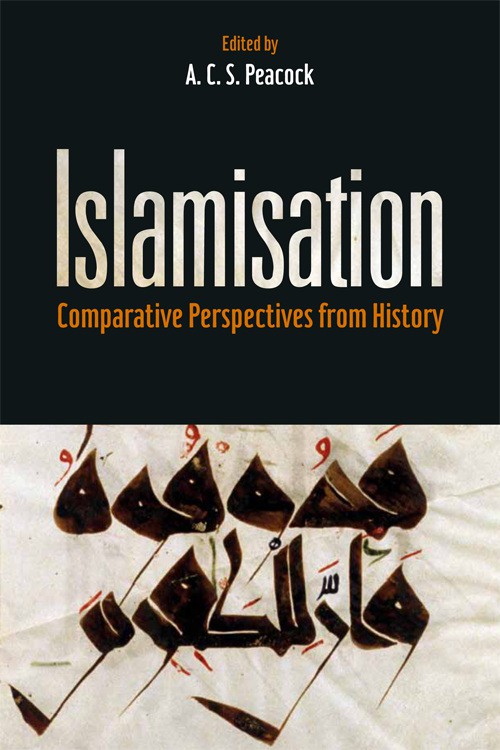
article
L’Oromo et le processus historique de l’islamisation en Ethiopie
Titre original : "The Oromo and the historical process of Islamisation in Ethiopia" L’interaction historique entre l’islam et le christianisme dans la Corne de l’Afrique est profondément liée au...
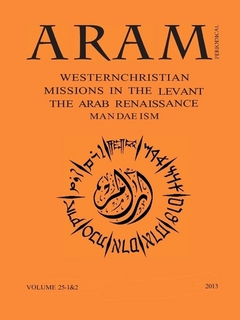
article
Le débat sur la sécularisation entre F. Antun et M. Abduh. L’absolutisme de Dieu et l’irrationalité de l’Islam comme pierres angulaires du conflit islamo-chrétien orientaliste moderne
Titre original : "The historical debate on secularisation between F. Antun and M. Abduh. God's absolutism and Islam's irrationality as cornerstones of orientalist islamic-christian dispute during t...
Ressources liées à Tradition prophétique
Tradition prophétique
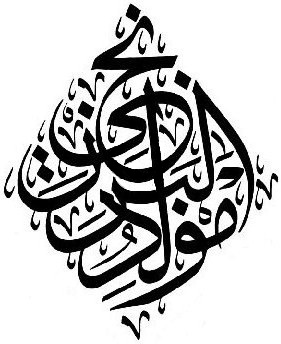
article
Le genre du récit du Mawlid au milieu du xiie h./xviiie siècle comme illustré par al-Barzanjī
- Antonio Cuciniello
Parmi les œuvres de la littérature arabe relatives à la célébration de la naissance du Prophète, le Mawlid d’al-Barzanjī est un texte qui a acquis une grande popularité et s’est répandu dans de gra...

videos
L’histoire du Coran selon les sources musulmanes
- Gabriel Said Reynolds
Les professeurs Shady Nasser, de Harvard, et Gabriel Reynolds, de l'université Notre Dame, explorent l'histoire de la révélation et de la compilation du Coran selon les sources musulmanes tradition...
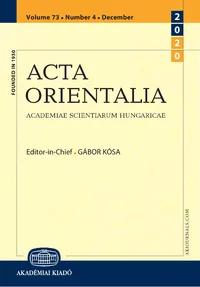
article
Le Guide, pivot de la Création : les sources de la gnose shi’ite
- Mohammad Ali Amir-Moezzi
L'objectif de l'article est d'explorer la relation entre la cosmo-anthropogonie et l'imamologie du chiisme à travers ses sources les plus anciennes dans le corpus de hadiths pré-bouyides. Il montre...
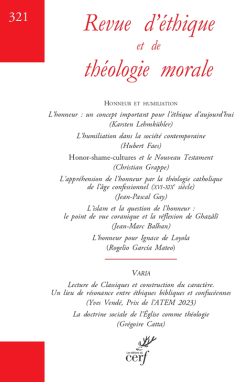
article
L’islam et la question de l’honneur : le point de vue coranique et la réflexion de Ghazâlî
- Jean-Marc Balhan
L’honneur est un thème de réflexion présent en islam aussi bien dans ses sources que dans sa réflexion "juridique", morale et spirituelle. Le Coran opère une révolution morale et religieuse en fais...
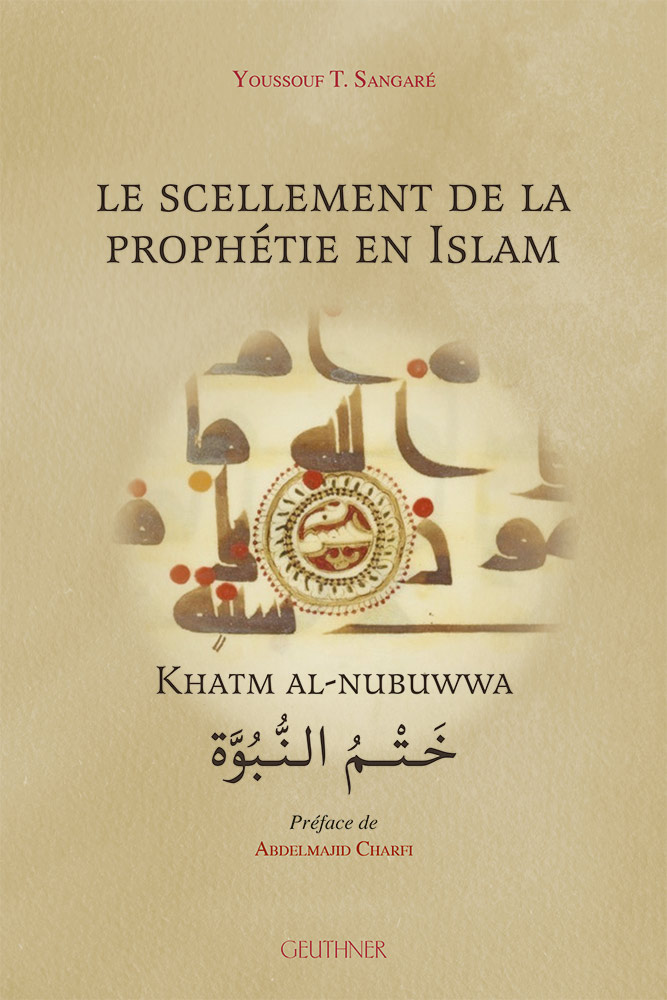
publication
Le scellement de la prophétie en Islam
- Youssouf Sangare
La notion de khatm al-nubuwwa, en tant que fin de la prophétie, s’est imposée comme une doctrine théologique fondamentale en Islam. Dès la mort de Muḥammad en 632, elle fut au cœur de multiples con...
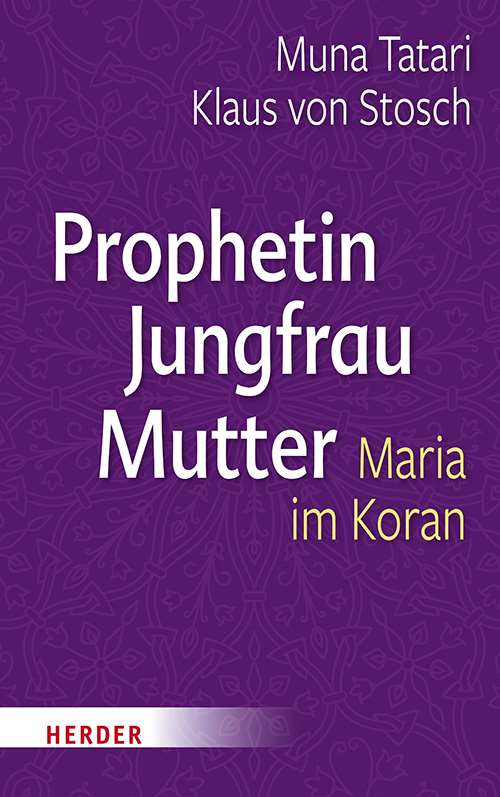
publication
Prophétesse – Vierge – Mère. Marie dans le Coran
- Muna Tatari
- Klaus von Stosch
Marie – figure de pont entre le christianisme et l’islam Une sourate entière porte son nom. Elle est la seule femme que le Coran mentionne par son nom – plus souvent que Mohammed ...

article
Le Khatim an-Nabiyyin (le « sceau des prophètes ») et sa perspective inclusive sur Abraham : Muhammad et ‘Isa ibn Maryam en dialogue
- Marco Demichelis
Titre original : "The Khatim an-Nabiyyin (The Seal of the Prophets) and Its Inclusive Abrahamic Perspective: Muhammad and ‘Isa ibn Maryam in Dialogue" Résumé "Muhammad n'est le père d'aucun d...
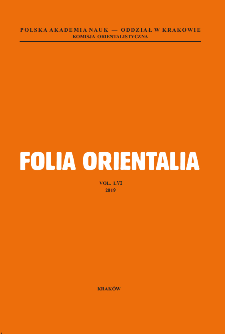
article
Joseph dans le Coran, un récit prophétique. Analyse narrative et linguistique
- Antonio Cuciniello
Titre original : "Joseph in the Qur’ān, a prophetic narrative. Incidents and specific language" Résumé L’objet de cet essai est la prophétie dans le Coran, à travers les récits des prophètes et...


 télécharger le pdf
télécharger le pdf

